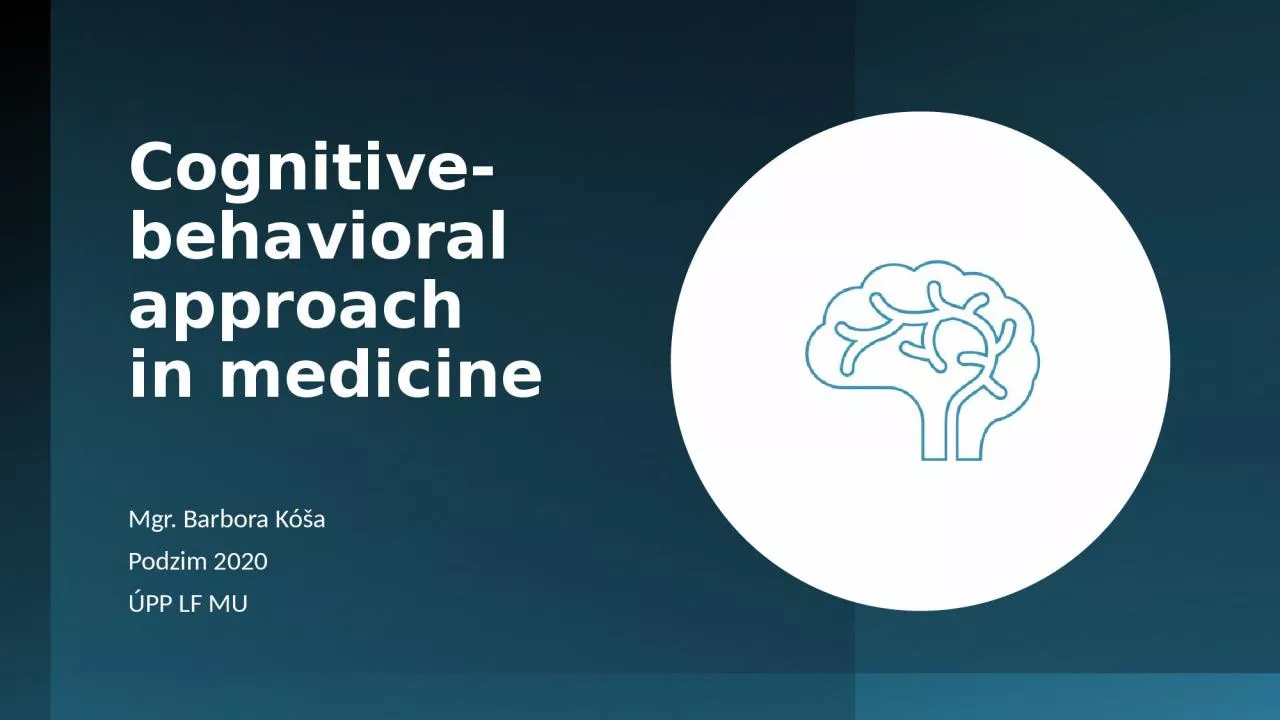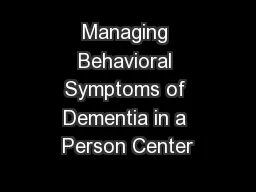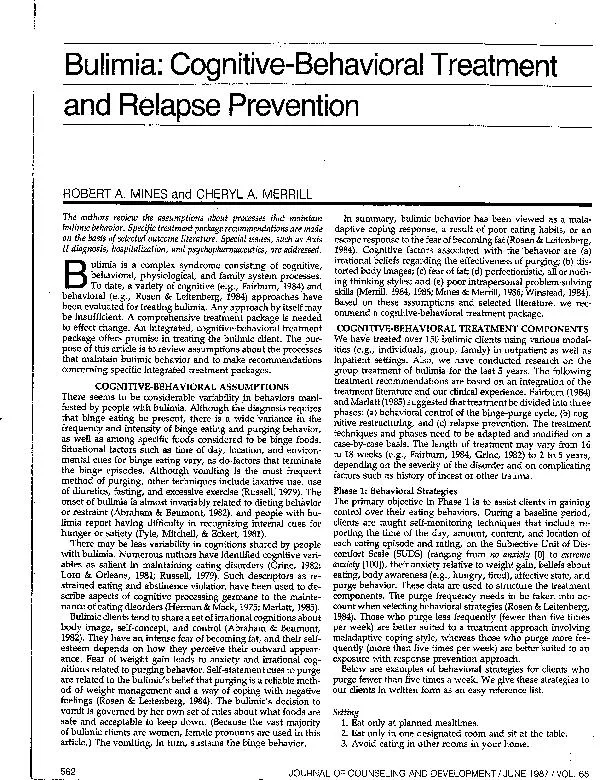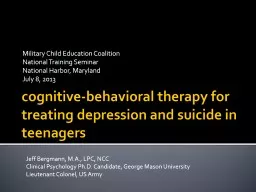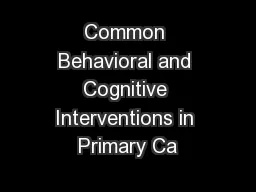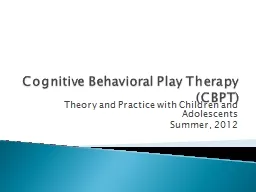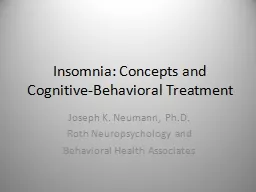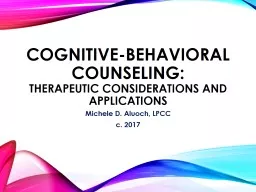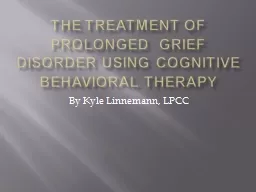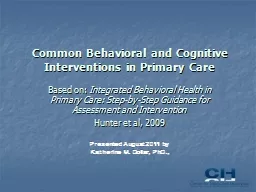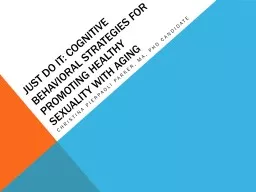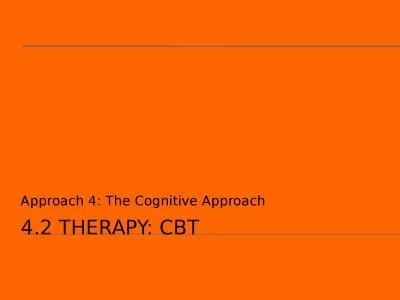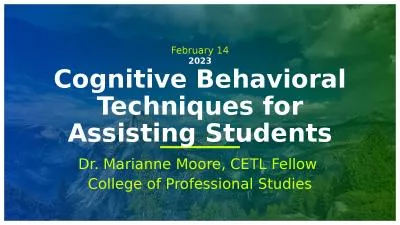PPT-Cognitive-behavioral approach
Author : walsh | Published Date : 2024-01-13
in medicine Mgr Barbora Kóša Podzim 2020 ÚPP LF MU What are common sources of problematic behavior Go to Menticom code 26 76 91 5 Core intrapsychic processes
Presentation Embed Code
Download Presentation
Download Presentation The PPT/PDF document "Cognitive-behavioral approach" is the property of its rightful owner. Permission is granted to download and print the materials on this website for personal, non-commercial use only, and to display it on your personal computer provided you do not modify the materials and that you retain all copyright notices contained in the materials. By downloading content from our website, you accept the terms of this agreement.
Cognitive-behavioral approach: Transcript
Download Rules Of Document
"Cognitive-behavioral approach"The content belongs to its owner. You may download and print it for personal use, without modification, and keep all copyright notices. By downloading, you agree to these terms.
Related Documents

